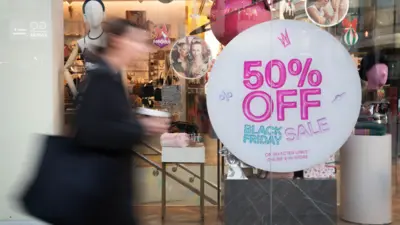We've updated our Privacy and Cookies Policy
We've made some important changes to our Privacy and Cookies Policy and we want you to know what this means for you and your data.
Berlin monument to 1989 democracy heroes - in pictures
Image source, Milla & partner
Little remains of the Berlin Wall, but a new monument in the German capital will honour the protesters who defied the communist state in 1989 and led the divided nation to reunification.
A groundbreaking ceremony has just taken place for the Monument to Freedom and Unity, in central Berlin. The 50m-long (164ft) bowl will move gently up and down when enough people stand on it, and it should be completed by the end of next year.
In a guide to the design, architects Milla & Partner, who won a competition called "Citizens in Motion", say "freedom and unity aren't static conditions, they require participation and interaction".
"When there are at least 30 more people standing on one half of the bowl than on the other, the bowl will start to move, slowly and gently."
Image source, Getty Images
Top Stories
In 1989 protesters in communist East Germany chanted "Wir sind das Volk!" (We are the People), which later became "Wir sind ein Volk!" (We are one People). The second slogan captured the desire to reunite Germany and remove the Cold War border.
The two slogans will be inscribed on the bowl in big letters.
Image source, Milla & partner
There is also political symbolism in the federal government's backing for the project - in a city already rich in monuments and reminders of Germany's turbulent, violent past.
Far-right nationalism, contemptuous of liberal democracy, has made a comeback, with the Alternative for Germany (AfD) now the biggest opposition party in parliament.
German unity has also been put under stress by the coronavirus crisis, with federal and regional politicians often in dispute.
Top Stories
Image source, Milla & partner
Part of the monument's site was formerly the plinth of an equestrian statue of Kaiser Wilhelm I, king of Prussia in the 19th Century and then first emperor of a united Germany.
The architects say "the chequered history of the location is still there to see - but now Kaiser Wilhelm will be replaced by the people".
Image source, EPA
The project - with an estimated cost of вӮ¬17m (ВЈ15m; $19m) - was granted German parliamentary approval in 2007 but was delayed for budgetary reasons and also because bats were found to be sheltering at the site.
Read more about Germany's 1989 upheaval:
Top Stories
At Thursday's ceremony German Commissioner for Culture Monika GrГјtters said the monument would honour "the civil courage of those people who raised their voices for democratic rights and freedoms".
"The unity of Germany and a united Europe would have remained, without the 'citizens in motion', what they were for a long time: utopian hopes for a distant future.
"Remembrance of the peaceful revolution therefore deserves to have this prominent place in the heart of the German capital."
Image source, EPA
Image source, EPA
All images are subject to copyright.
Top Stories
More to explore
Most read
Content is not available








